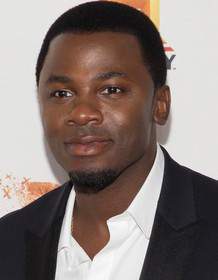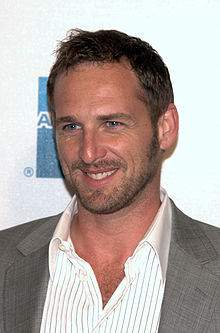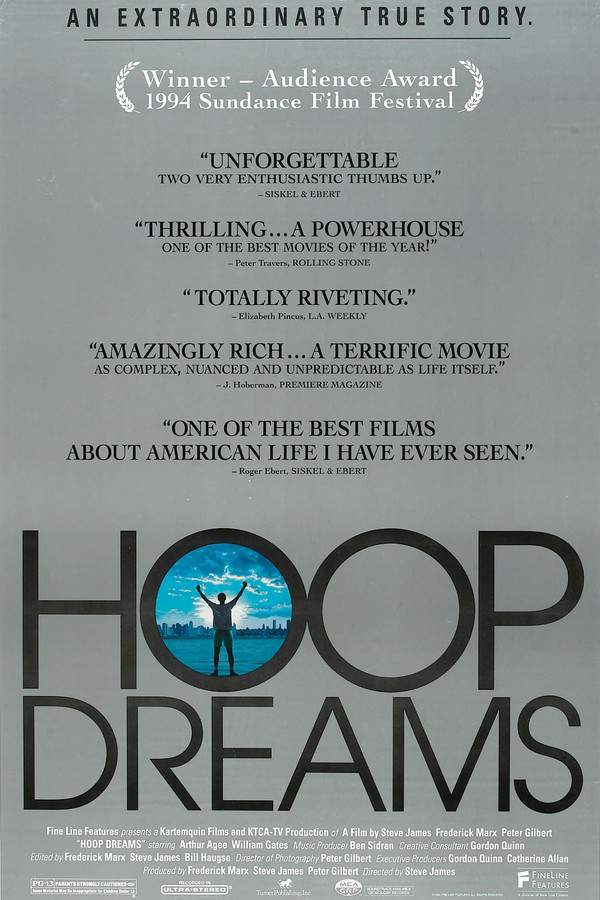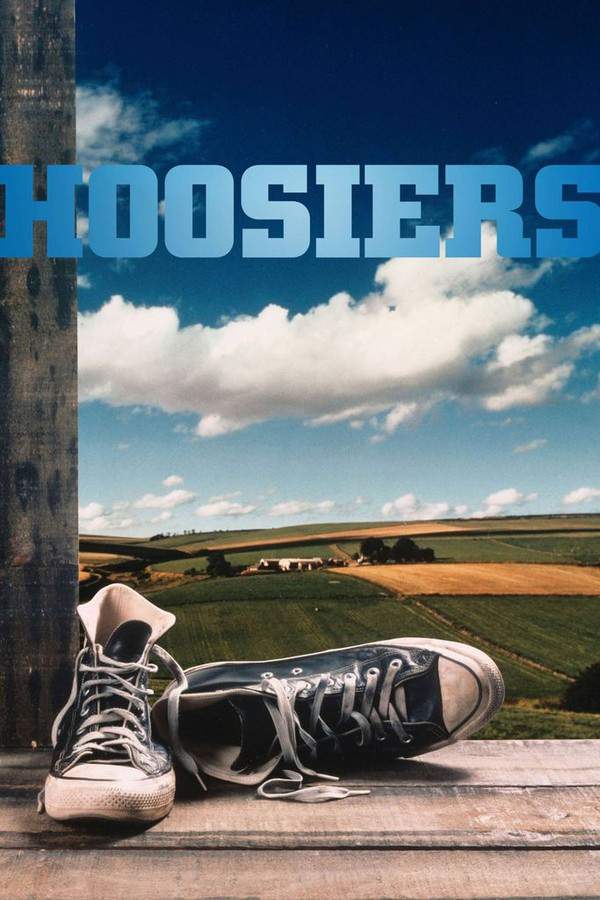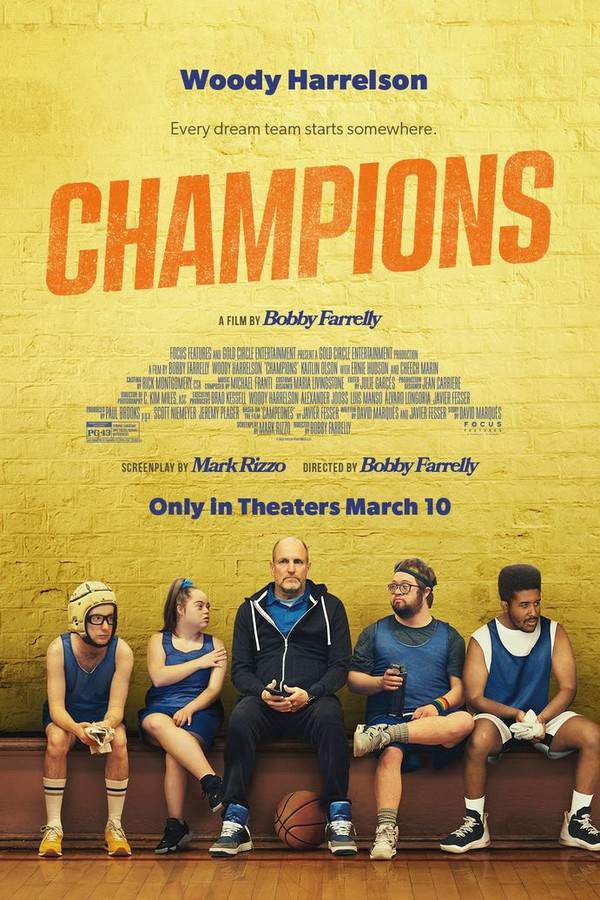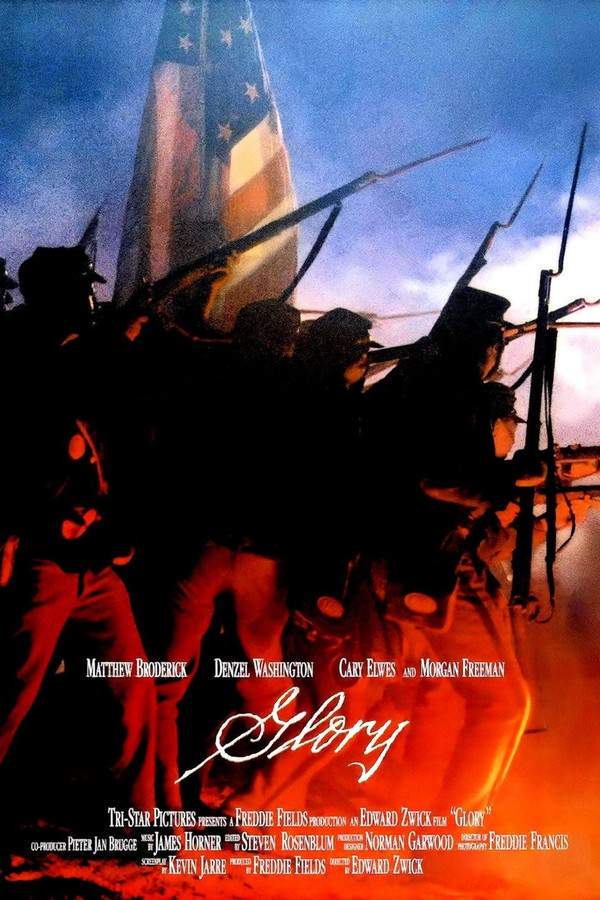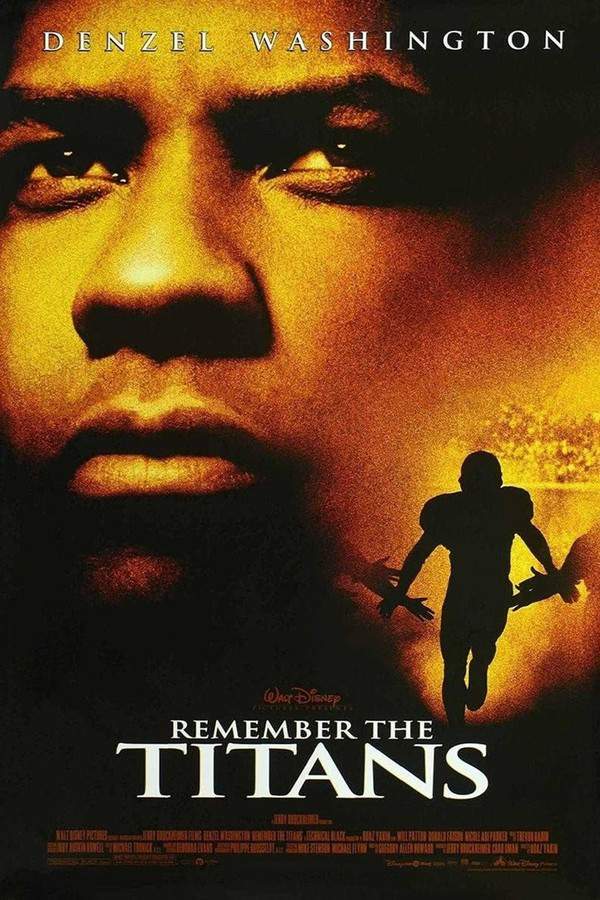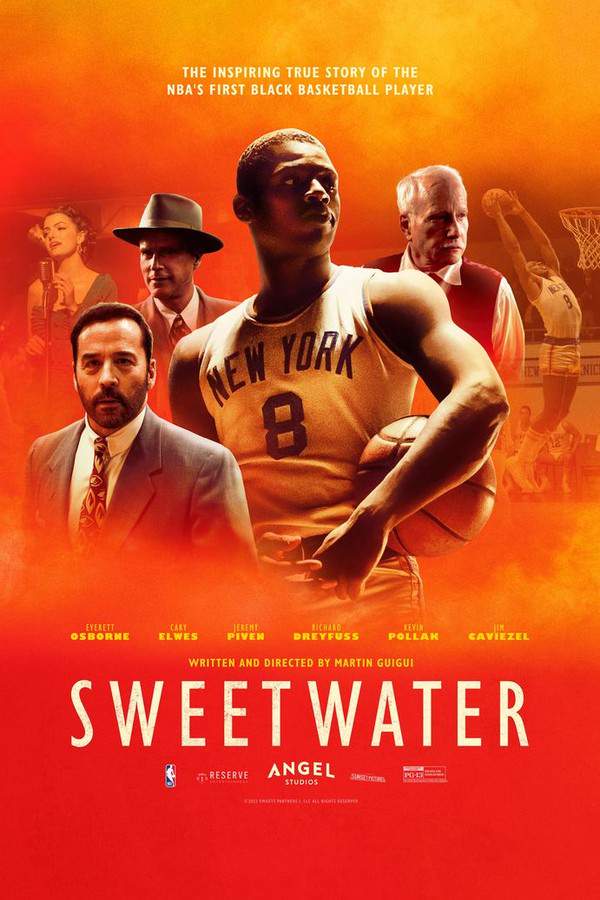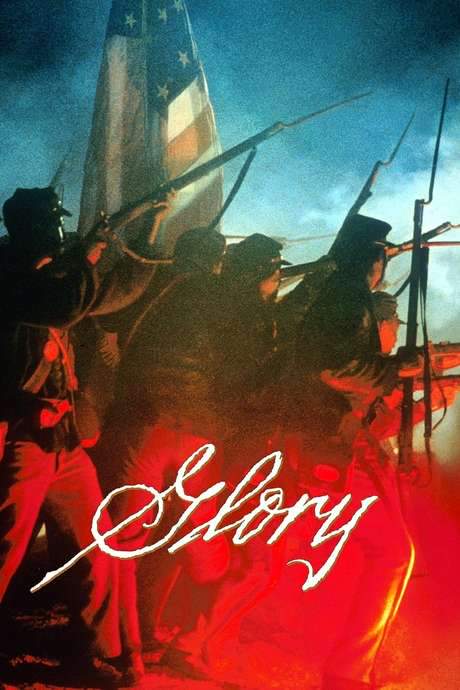Glory Road 2006
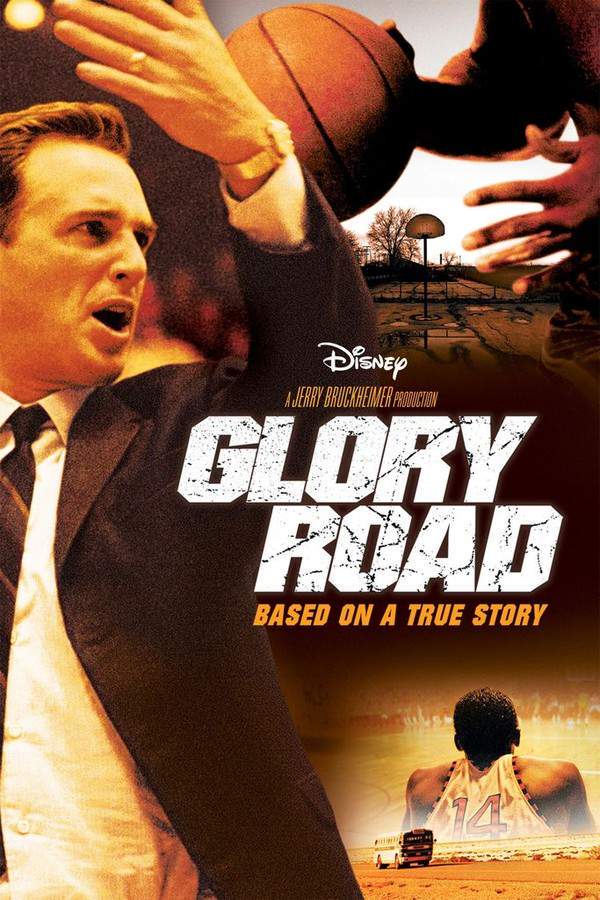
During a period of significant social change, the Texas Western Miners basketball team faced immense challenges. Coach Don Haskins made a bold decision to field the first all-black starting lineup in college basketball, defying convention and prejudice. The team’s improbable journey culminated in an unexpected NCAA tournament championship victory in 1966, leaving an indelible mark on the sport and challenging racial barriers across the nation.
Does Glory Road have end credit scenes?
No!
Glory Road does not have end credit scenes. You can leave when the credits roll.
Meet the Full Cast and Actors of Glory Road
Explore the complete cast of Glory Road, including both lead and supporting actors. Learn who plays each character, discover their past roles and achievements, and find out what makes this ensemble cast stand out in the world of film and television.
External Links and Streaming Options
Discover where to watch Glory Road online, including streaming platforms, rental options, and official sources. Compare reviews, ratings, and in-depth movie information across sites like IMDb, TMDb, Wikipedia or Rotten Tomatoes.
Ratings and Reviews for Glory Road
See how Glory Road is rated across major platforms like IMDb, Metacritic, and TMDb. Compare audience scores and critic reviews to understand where Glory Road stands among top-rated movies in its genre.

58
Metascore
7.6
User Score


55%
TOMATOMETER

81%
User Score

7.2 /10
IMDb Rating

74
%
User Score
Take the Ultimate Glory Road Movie Quiz
Challenge your knowledge of Glory Road with this fun and interactive movie quiz. Test yourself on key plot points, iconic characters, hidden details, and memorable moments to see how well you really know the film.
Glory Road Quiz: Test your knowledge on the inspiring journey of Coach Don Haskins and the Texas Western Miners in 'Glory Road'.
In what year did Don Haskins become the men's basketball coach at Texas Western College?
1965
1970
1972
1975
Show hint
Full Plot Summary and Ending Explained for Glory Road
Read the complete plot summary of Glory Road, including all major events, twists, and the full ending explained in detail. Explore key characters, themes, hidden meanings, and everything you need to understand the story from beginning to end.
In 1965, Don Haskins, the coach of a high school basketball team in Fort Worth, Texas, navigates life with his wife Mary and their three children. A former player himself, Don’s aspirations were thwarted by a knee injury sustained in college. Fast forward to 1972, where the newly appointed men’s basketball coach at Texas Western College, Don Haskins, faces the daunting challenge of assembling a competitive team despite limited financial resources. Determined to recruit the best talent available, he prioritizes skill over race, aiming to create a roster capable of claiming a national championship.
Living in less-than-ideal conditions, Don relocates his family to a room adjacent to the men’s dormitory, as the college can’t afford a proper residence for them. The basketball court is dilapidated, with a crooked floor and pigeons nesting overhead. In a reality where football sports enjoy all the funding, Don struggles to put together a budget, even as he scours local high school games searching for potential players. However, his efforts meet resistance as most top recruits refuse to join a program without a winning history.
In a bold move, he turns to underestimated African American athletes like Bobby Joe Hill, who are often overlooked and considered not trainable. With the help of his team manager Ross, who warns him about the lack of African Americans in Southern Division 1 basketball, Don sets out to defy the odds. His relentless pursuit leads him to recruit players from as far as New York, spending his own money to facilitate their recruitment trips. Notable names such as Nevil Shed, David Lattin, Harry Flournoy, and Willie Worsley join the ranks, as Don assembles a team that, while raw in organized play, is bursting with unrefined talent.
As his squad takes shape, the majority being African American players raises eyebrows among the Texas Western academic community, reflecting the tense race relations of the time. The final team comprises seven African American and five white players, including Jerry Armstrong, which sparks controversy among university officials. Intense training sessions ensue, with Don enforcing strict discipline by banning distractions like girls and alcohol. His players, however, chafe against these restrictions, resenting his approach.
Although they enjoy early victories, Don realizes quickly that adapting the game to leverage his players’ unique strengths is necessary. The traditional rules constrain the players’ potential as they infuse fresh energy and creativity into the game, something previously unseen in college basketball. However, as their success grows, so does the animosity directed toward them, culminating in threats to his family’s safety and acts of vandalism against the players’ accommodations.
When Willie Cager is diagnosed with a heart condition, Don faces a tough decision, choosing to bench him for his safety despite Cager’s desperate desire to play. Cager’s mother implores Don to let her son participate, deepening the conflict within the team. This tension escalates following a disappointing final game of the regular season, where the players lose their passion, finishing with an impressive 23-1 record and entering the 1966 NCAA tournament ranked third nationally.
The Miners triumph in a gritty double-overtime showdown against a formidable Kansan team, bolstered by a collective sense of determination. As they advance to the NCAA finals in College Park, Maryland, they are pitted against the legendary Adolph Rupp’s top-ranked Kentucky Wildcats. Rupp, with his all-white squad, underestimates Don’s team, believing they stand no chance.
In a shocking strategy, Haskins announces he will start an all-African American lineup—a groundbreaking move given the era’s racial tensions. Facing a myriad of challenges, including injuries and foul trouble, Texas Western maintains a narrow lead at halftime. With remarkable teamwork, impressive steals, and a flair for rebounding and passing, the Miners ultimately prevail, clinching victory with a score of 72-65.
The film concludes with the triumphant players disembarking from the plane back in El Paso to the cheers of an exuberant crowd. Don Haskins’ leadership would eventually lead Texas to 14 NCAA titles, while history remembers the game against Kentucky as one of the most significant moments in college basketball.
Uncover the Details: Timeline, Characters, Themes, and Beyond!

Coming soon on iOS and Android
The Plot Explained Mobile App
From blockbusters to hidden gems — dive into movie stories anytime, anywhere. Save your favorites, discover plots faster, and never miss a twist again.
Sign up to be the first to know when we launch. Your email stays private — always.
Watch Trailers, Clips & Behind-the-Scenes for Glory Road
Watch official trailers, exclusive clips, cast interviews, and behind-the-scenes footage from Glory Road. Dive deeper into the making of the film, its standout moments, and key production insights.
Glory Road Themes and Keywords
Discover the central themes, ideas, and keywords that define the movie’s story, tone, and message. Analyze the film’s deeper meanings, genre influences, and recurring concepts.
Glory Road Other Names and Titles
Explore the various alternative titles, translations, and other names used for Glory Road across different regions and languages. Understand how the film is marketed and recognized worldwide.
Similar Movies To Glory Road You Should Know About
Browse a curated list of movies similar in genre, tone, characters, or story structure. Discover new titles like the one you're watching, perfect for fans of related plots, vibes, or cinematic styles.
Quick Links: Summary, Cast, Ratings, More

What's After the Movie?
Not sure whether to stay after the credits? Find out!
Explore Our Movie Platform
New Movie Releases (2025)
Famous Movie Actors
Top Film Production Studios
Movie Plot Summaries & Endings
Major Movie Awards & Winners
Best Concert Films & Music Documentaries
Movie Collections and Curated Lists
© 2025 What's After the Movie. All rights reserved.




